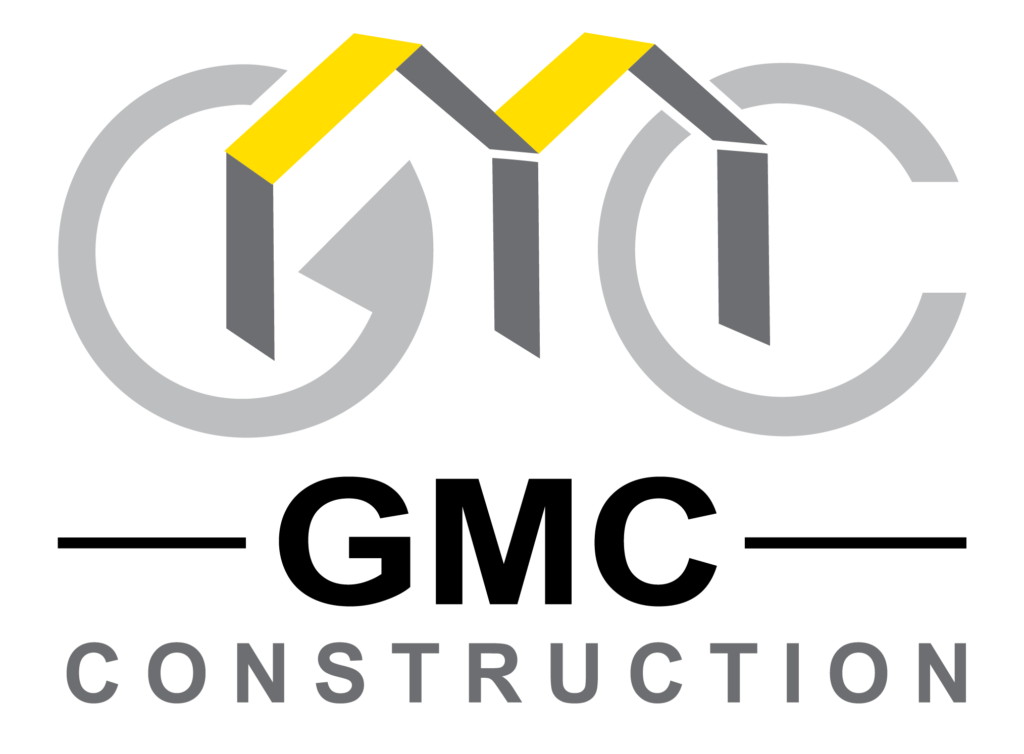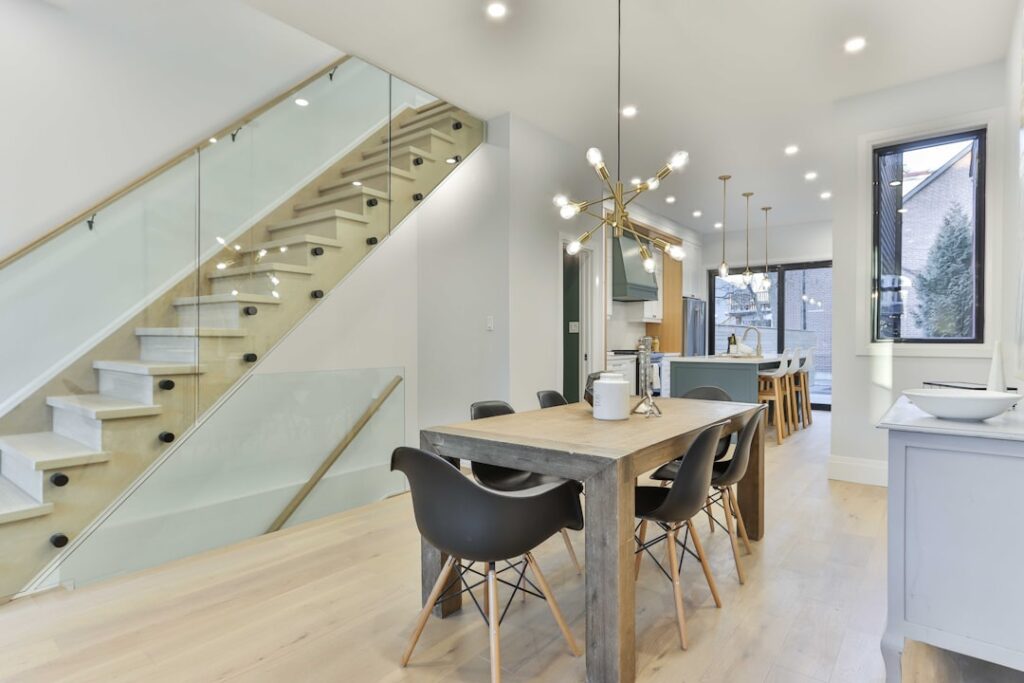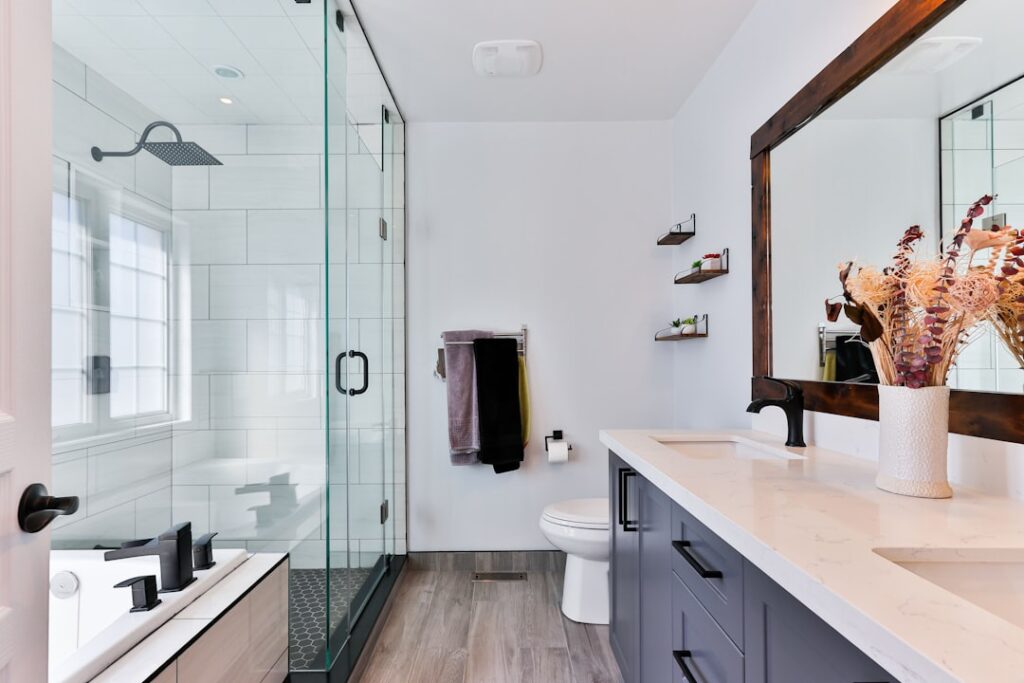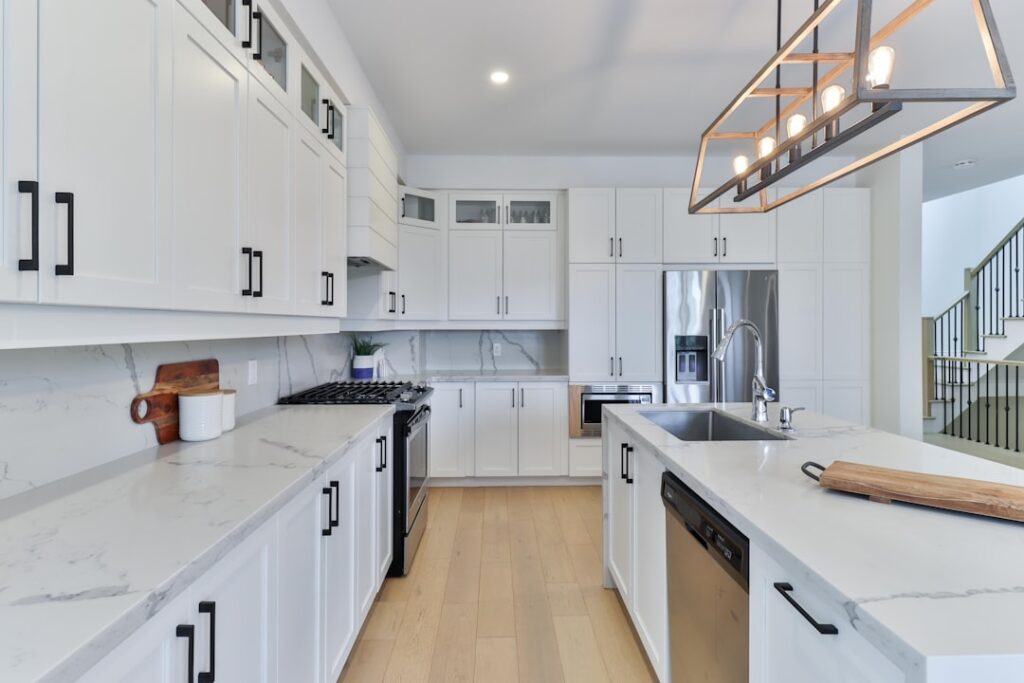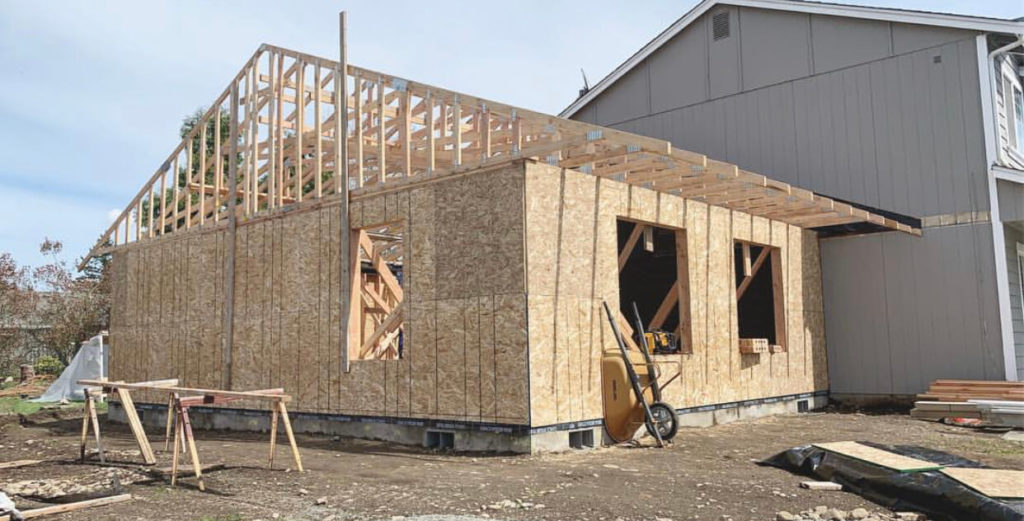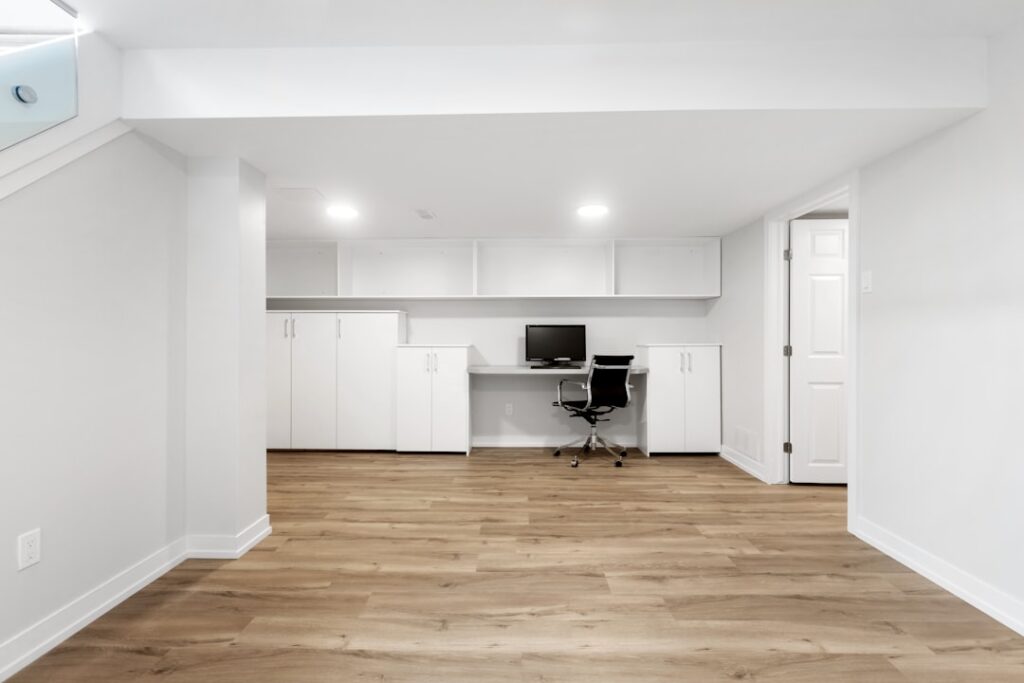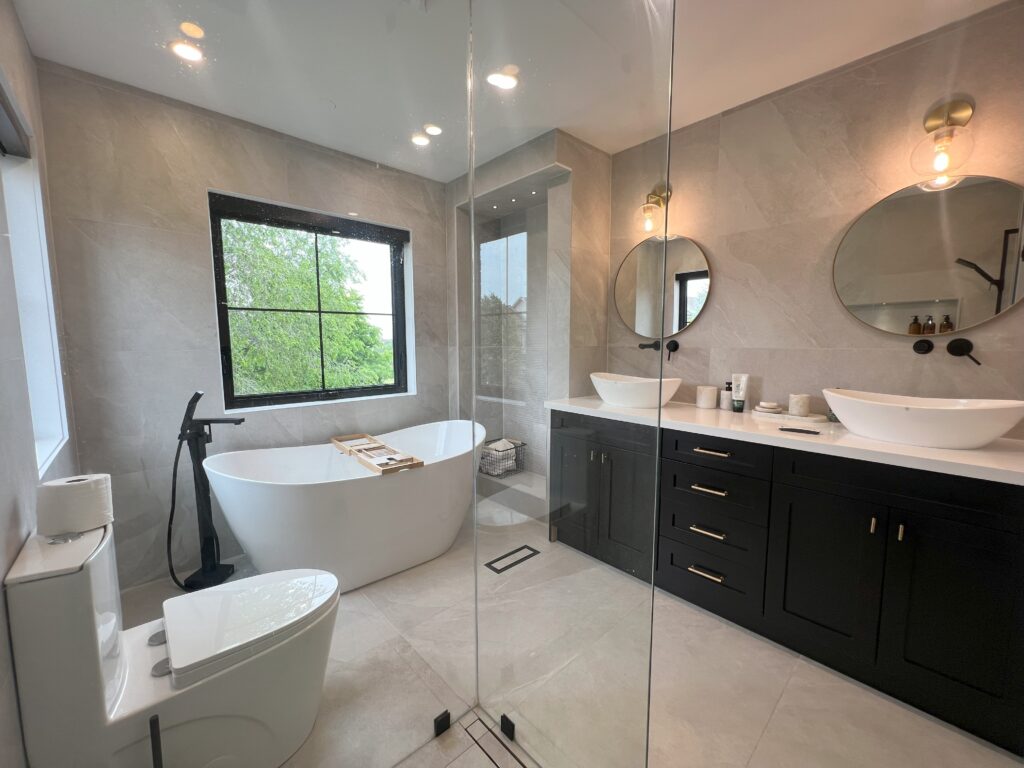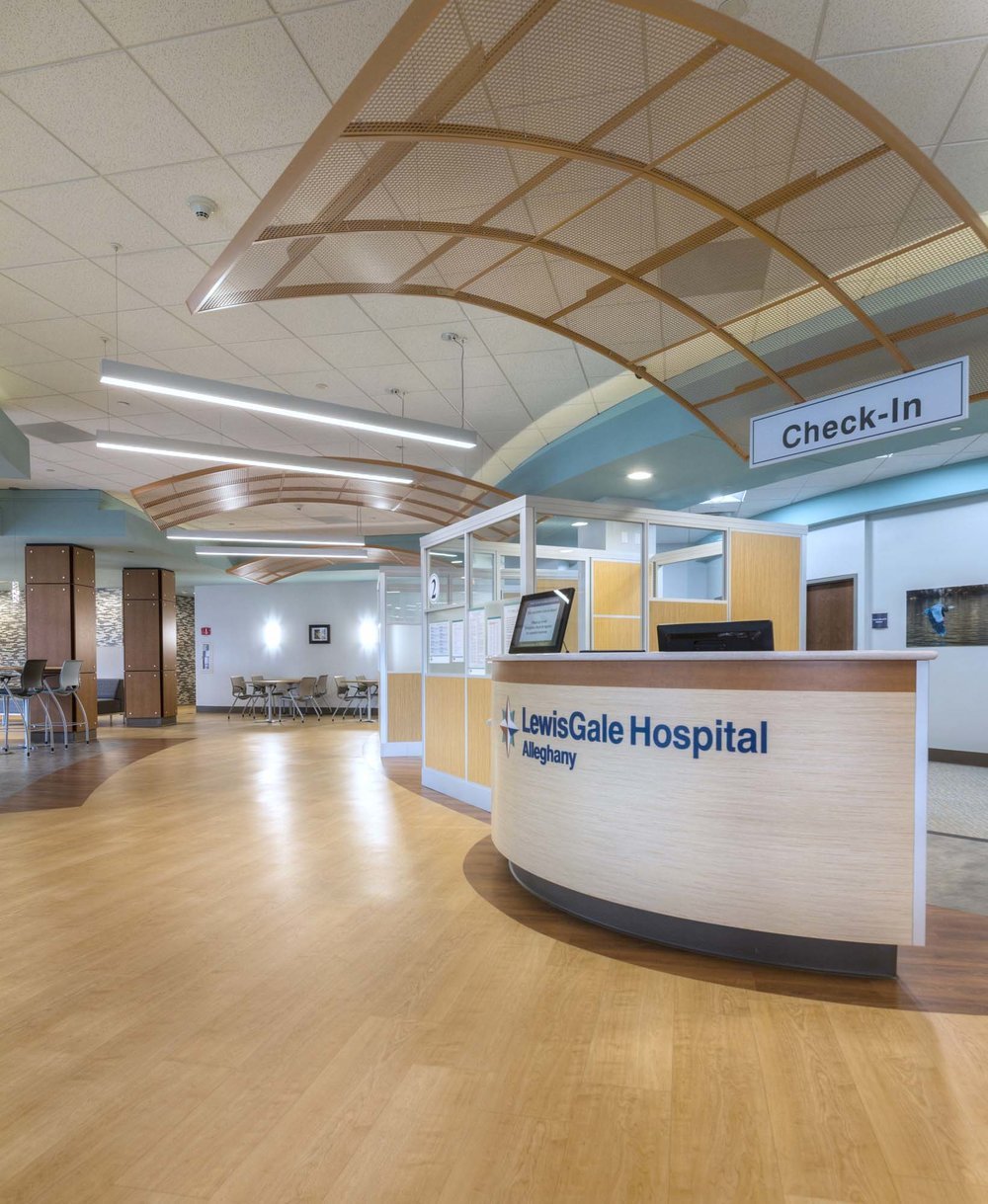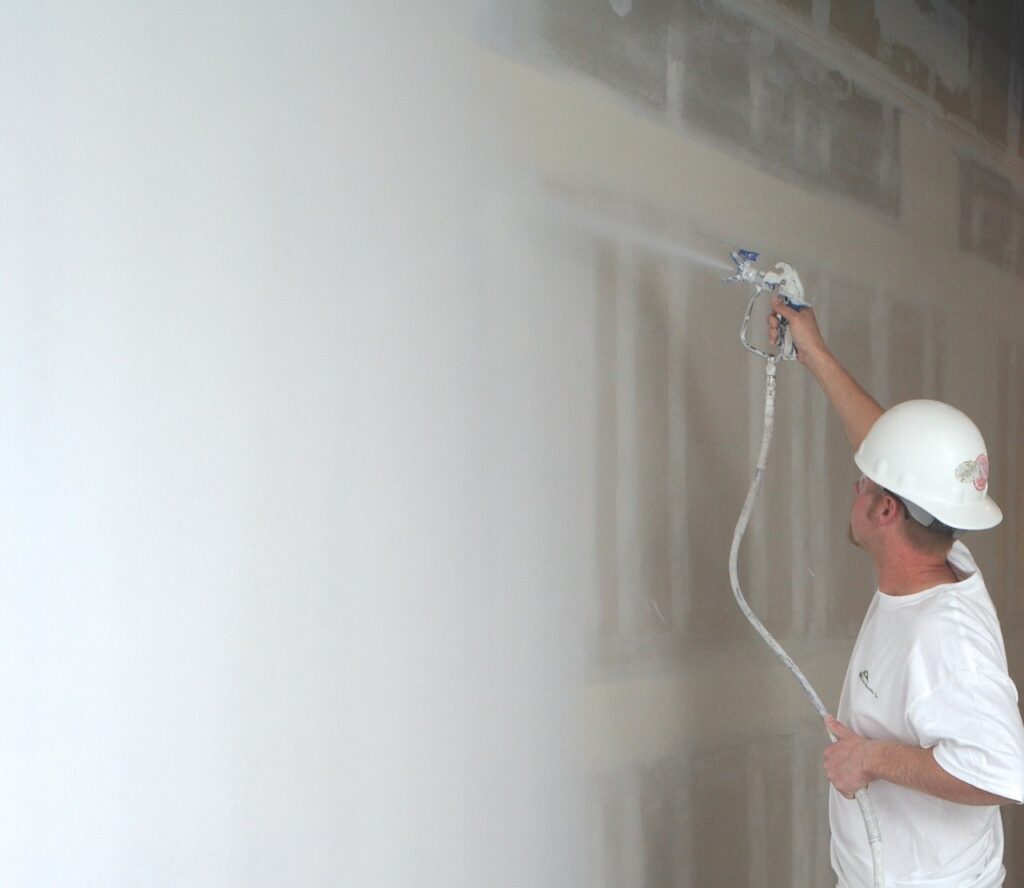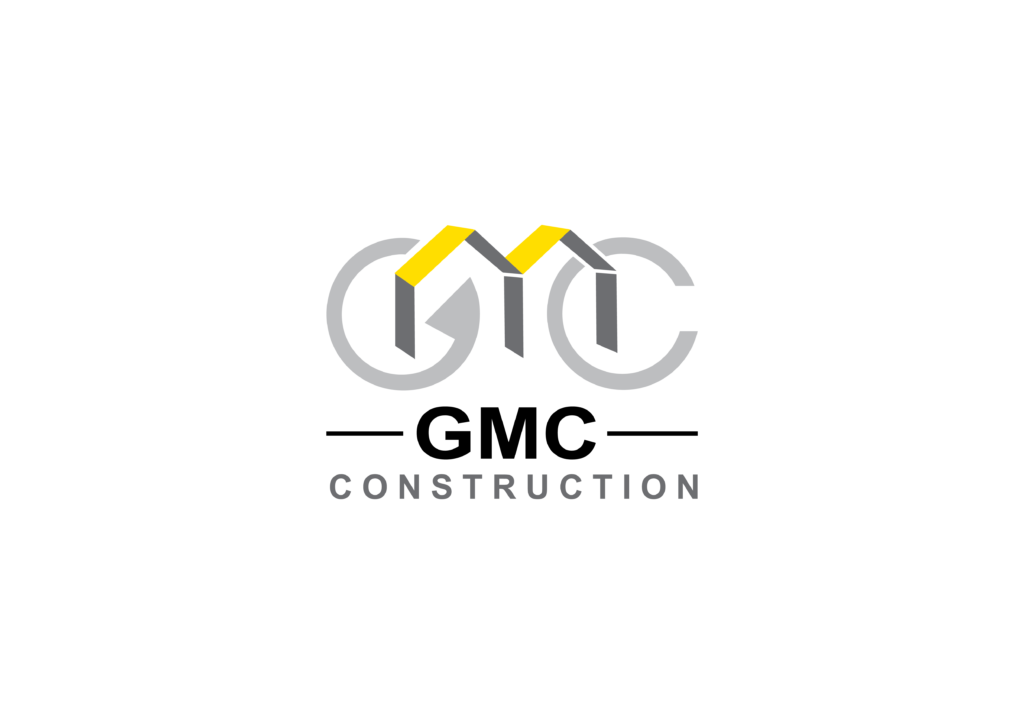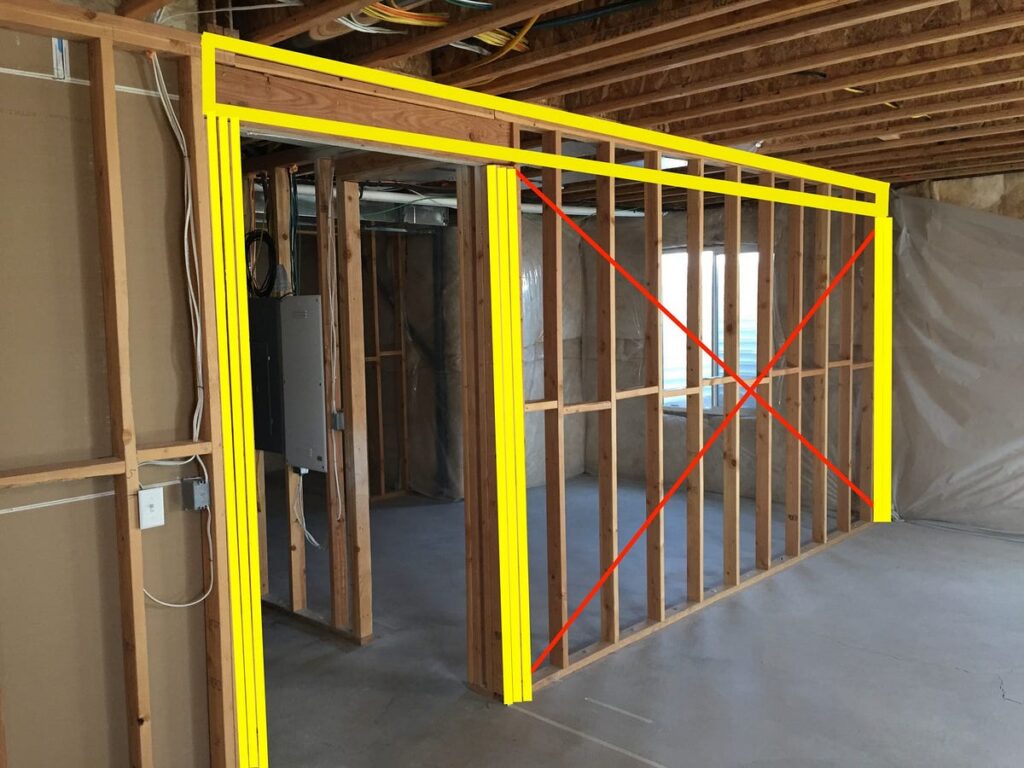
Knocking down a wall can open up space, improve lighting, and modernize your home. However, not all walls can be removed without careful planning and evaluation. Before you take a sledgehammer to your wall, it’s crucial to determine if it’s load bearing, contains important utilities, or requires permits. Here’s a comprehensive guide to help you understand whether you can safely knock down a wall.
Step 1: Determine if the Wall is Load Bearing
What Is a Load Bearing Wall?
A load bearing wall supports the structure of your home, carrying the weight of floors, ceilings, and roofs down to the foundation. Removing a load bearing wall without proper reinforcement can lead to severe structural issues, including sagging floors, cracked ceilings, or even collapse.
How to Identify a Load Bearing Wall
Use the following methods to determine if a wall is load bearing:
| Method | Load Bearing Wall Indicators |
|---|---|
| Check Floor Joists | If the wall runs perpendicular to the floor joists, it is likely load bearing. |
| Inspect Blueprints | Architectural plans should indicate which walls are load bearing. |
| Look at Wall Placement | Walls in the center of the house or directly below structural beams are often load bearing. |
| Examine Attic or Basement | If a wall aligns with beams or continues to lower levels, it’s likely load bearing. |
If you’re unsure, consult a structural engineer or contractor before proceeding.
Step 2: Check for Electrical, Plumbing, and HVAC Systems
Even if a wall is non-load bearing, it may contain utilities such as:
- Electrical wiring (outlets, switches, or circuits running through the wall)
- Plumbing pipes (water supply, drainage, or gas lines)
- HVAC ducts (air conditioning or heating vents)
How to Check for Utilities
- Turn off power and remove an outlet cover – If you see multiple wires inside, the wall likely contains electrical wiring.
- Look for plumbing fixtures nearby – Walls near kitchens, bathrooms, or laundry rooms may contain pipes.
- Inspect heating and cooling vents – If the wall has vents, it may contain HVAC ducts.
If utilities are present, you’ll need a licensed professional to reroute them before removing the wall.
Step 3: Obtain Permits and Follow Building Codes
Most municipalities require a permit for structural modifications, especially for load bearing wall removal. Failing to secure the proper permits can lead to legal issues, fines, or safety hazards.
Permit Requirements
| Modification Type | Permit Needed? |
| Removing a Load Bearing Wall | Yes |
| Removing a Non-Load Bearing Wall | Sometimes |
| Relocating Electrical or Plumbing | Yes |
| Changing HVAC Systems | Yes |
Consult your local building department to determine the specific requirements for your project.
Step 4: Plan for Structural Reinforcement
If you’re removing a load bearing wall, you must install alternative structural support, such as:
Support Options After Removing a Load Bearing Wall
| Replacement Type | Description |
| Support Beam (LVL or Steel Beam) | A horizontal beam that redistributes the load. |
| Support Columns | Vertical posts installed to carry weight to the foundation. |
| Load Bearing Header | A thick wooden or steel header placed in the opening to maintain support. |
A structural engineer can help determine the appropriate support system to prevent damage to your home.
Step 5: Consider the Cost of Wall Removal
The cost of knocking down a wall depends on factors such as size, type, labor, and material costs. Below is an estimated breakdown:
Cost Breakdown for Wall Removal
| Expense | Non-Load Bearing Wall | Load Bearing Wall |
| Structural Engineer Fee | N/A | $500 – $2,000 |
| Demolition Cost | $500 – $1,500 | $1,500 – $5,000 |
| Support Beam Installation | N/A | $1,500 – $5,000 |
| Electrical or Plumbing Rerouting | $500 – $2,000 | $2,000 – $5,000 |
| Permit Costs | $100 – $500 | $500 – $2,000 |
| Total Estimated Cost | $1,000 – $3,000 | $5,000 – $15,000 |
Step 6: Hire Professionals for Safe Execution
Who to Hire for Wall Removal?
- General Contractor – Manages demolition, construction, and permits.
- Structural Engineer – Confirms if the wall is load bearing and recommends reinforcements.
- Electrician & Plumber – Reroutes wiring and pipes if necessary.
- HVAC Technician – Adjusts air ducts and vents.
Final Thoughts
Before knocking down a wall, evaluate whether it is load bearing, contains utilities, and requires a permit. If you’re unsure, consult a professional to ensure safety and compliance with building codes. Proper planning and execution will help you achieve an open, modern space without compromising your home’s structure.
Thinking about removing a wall? Contact a licensed contractor today to discuss your renovation plans!

Looking to get a quote on your next home renovation project?
Call us todat at 6474504466 to start a free consultation
✓ Trusted quality
✓ professionalism
✓ Strong Reputation
Experience excellence with Toronto’s top general contractor for quality and professionalism .
Get in touch
We’re here to answer your questions.
Have a Questions? Call us:
+16474504466
Or Email us at:
info@gmco.ca
Canada
75 Oneida Crescent , Richmond Hill
ON, L4B 0H3
Looking to get a quote?
Latest Posts
The latest stories, exclusive insights, and special offers.
-

The Complete Guide to Shower Pans: Types, Installation, and Maintenance Tips
-
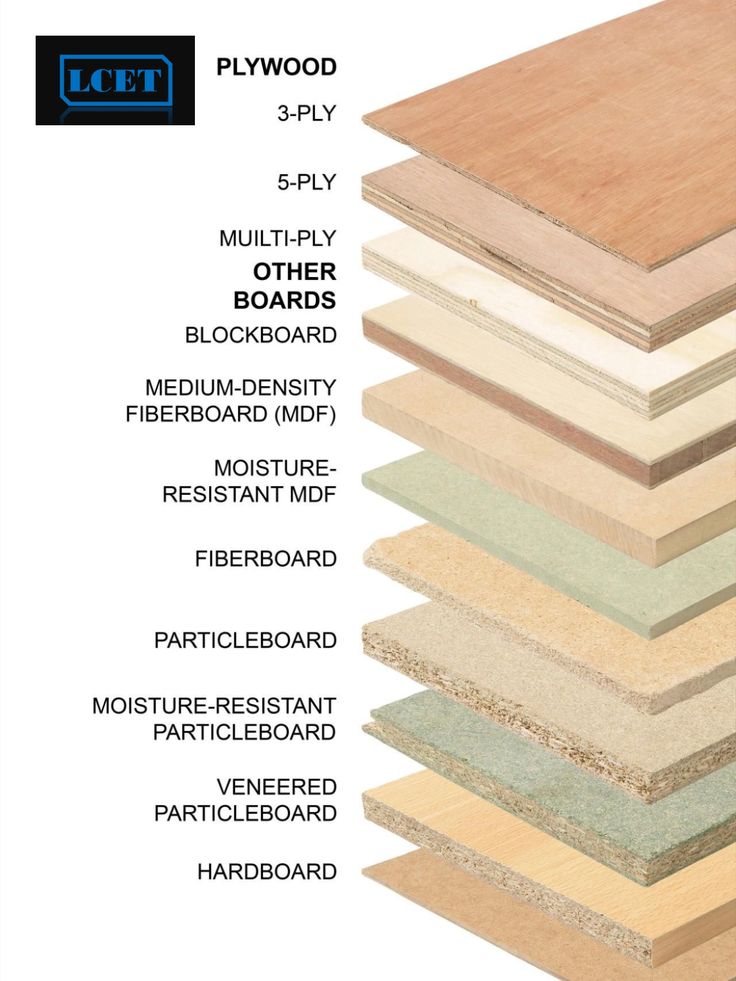
The Ultimate Guide 2025 to Different Types of Plywood: Uses, Benefits, and Choosing the Right One
-
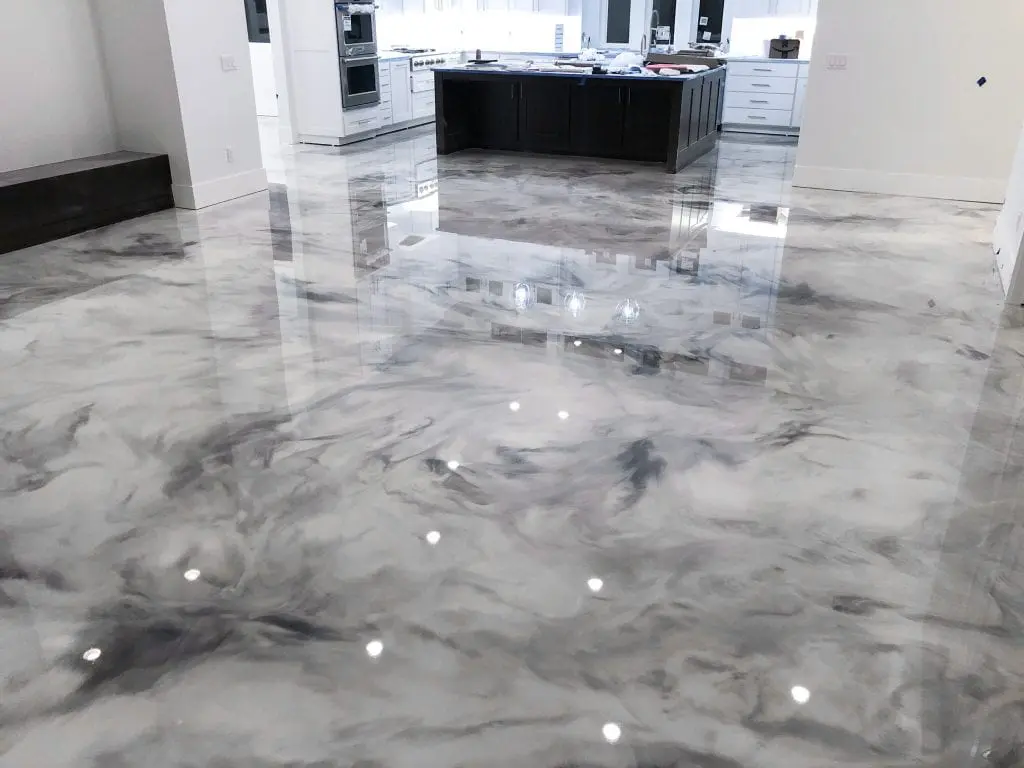
The Ultimate Guide to Epoxy Flooring: Benefits, Applications, and Installation
-
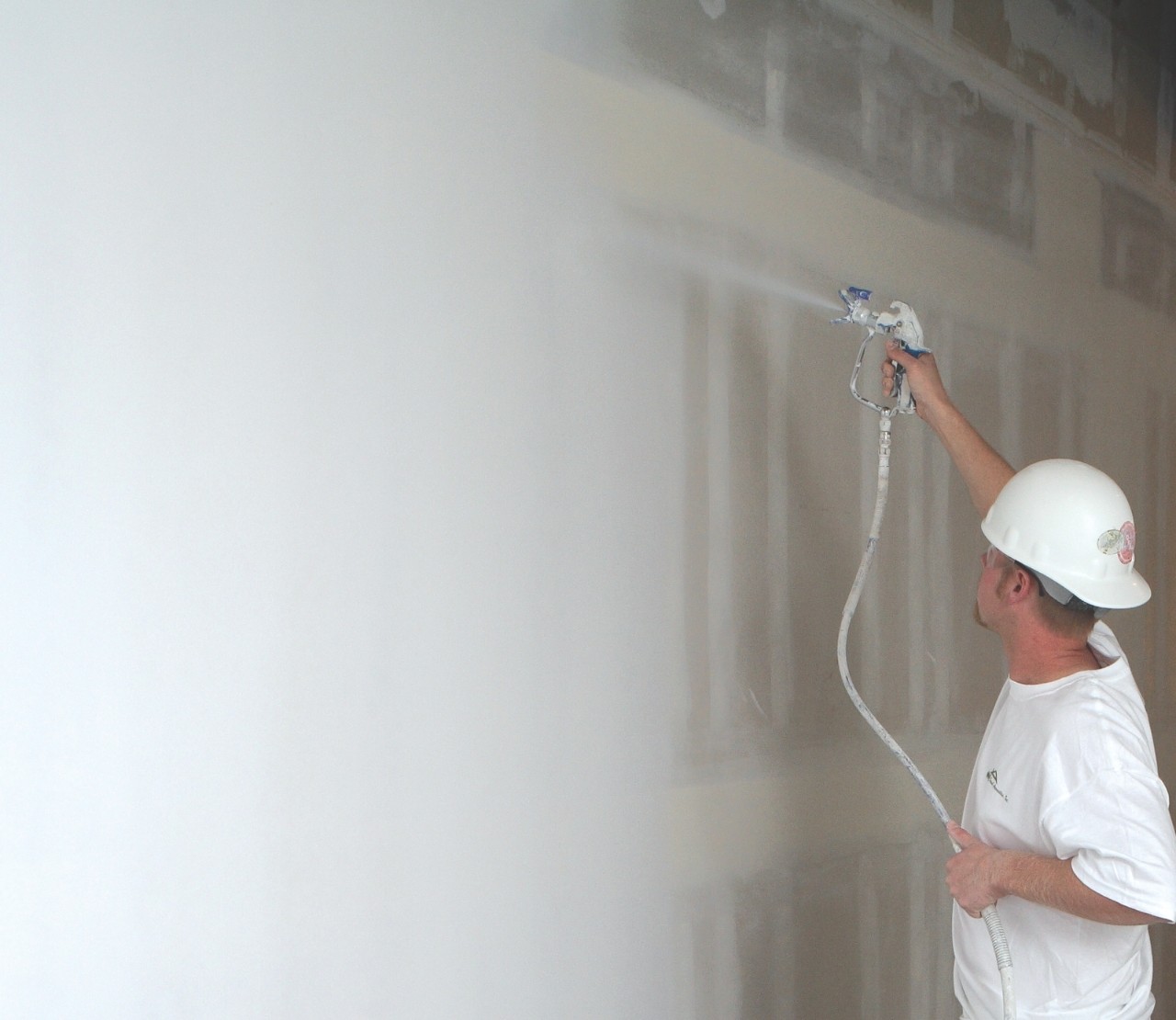
The Ultimate Guide to Level 5 Plastering: What You Need to Know
Get in touch
We’re here to answer your questions.
Have a Questions? Call us:
+16474504466
Or Email us at:
info@gmco.ca
Canada
75 Oneida Crescent , Richmond Hill
ON, L4B 0H3
Looking to get a quote?
Have Questions?
Frequently Asked Questions
Top General Contractor For Home Renovations, Kitchen Remodeling, Bathroom Renovations, and Basement Finishing
What renovation services does GMC Construction Inc. provide in the Greater Toronto Area (GTA)?
GMC Construction Inc. offers a full range of renovation services, including kitchen remodeling, bathroom renovations, basement finishing, and commercial renovation projects. Serving Toronto, Richmond Hill, Markham, Mississauga, Brampton, Ajax, and surrounding areas, we are your go-to contractor for all home and commercial improvement needs.
How does GMC Construction Inc. ensure high-quality workmanship in its renovation projects?
At GMC Construction Inc., we prioritize quality by using premium materials and employing skilled tradespeople who adhere to the highest industry standards. Our team manages every detail, from design to completion, ensuring your renovation meets your expectations for durability and aesthetic appeal.
How long does a typical kitchen or bathroom renovation take with GMC Construction Inc.?
The timeline for a kitchen or bathroom renovation with GMC Construction Inc. varies depending on the project’s scope. However, most renovations are completed within 4 to 8 weeks. We provide a detailed schedule during your initial consultation to ensure transparency and keep your project on track.
Is GMC Construction Inc. licensed and insured to perform renovations in Toronto and the GTA?
Yes, GMC Construction Inc. is fully licensed and insured to perform renovations in Toronto and throughout the GTA. Our contractor liability insurance covers up to 5 million dollars, providing peace of mind for our clients as we handle both residential and commercial projects.
How do I get a free estimate for my home renovation with GMC Construction Inc.?
To get a free estimate, simply contact GMC Construction Inc. through our website or by calling us at 647-450-4466. We’ll arrange a consultation to discuss your renovation needs, whether it’s for a kitchen remodel, bathroom upgrade, or basement finishing, and provide a detailed, no-obligation quote.
What post-renovation support does GMC Construction Inc. offer?
GMC Construction Inc. stands by its work with robust post-renovation support, including a comprehensive warranty and a commitment to address any issues that arise within the first year. Our team ensures your satisfaction long after the renovation is complete.
